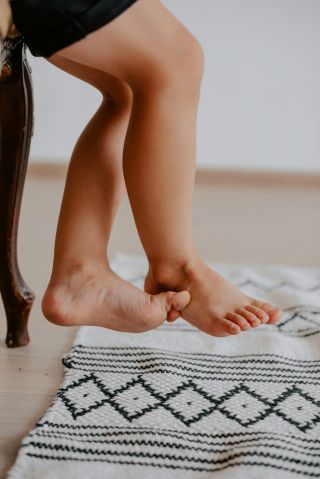Madelyn Blair Ph.D.
When you must remember what you see, you tend to look more carefully.
KEY POINTS
- We can use taking pictures to enhance our presence.
- Groups who can see a clear picture of a concept, mission, or goal are energized by the visual.
- Clear images draw our minds toward them.

When I encountered the book Inner Excavation: Explore Your Self Through Photography, Poetry and Mixed Media by Liz Lamoreux, I saw a new way to explore that all-important sense of identity so critical to resilience.
Lamoreux says in the opening of her book, “We explore this inner journey through three mediums: photography, poetry, and mixed media.” What struck me was that photography allows you to explore your life stories without one word spoken or written.
Even as a bestselling author, I struggle to find words or to write coherently. Working in a visual medium feels most comfortable for me. One of my favorite pastimes is putting huge jigsaw puzzles together. Spending time with shapes and colors, I can go for hours without a word and never get bored.
You don’t need any words to do puzzles so taking pictures felt great. Putting the images together and beginning to see the thread that flows through them all was a delicious thought for me.
Lamoreux’s book offers ideas of what to look for just in case you need prompting. For example, take photographs of your feet so you can see them in more concentrated detail. The book also suggests answering questions through photos. Two exemplary questions were: “What color is your morning? What are the shapes of your day?” You can’t find images unless you are present to what is around you. It’s hard to see things when your mind is elsewhere.
So, here was a book that allowed me to explore ideas and concepts using my camera and my creative brain.
A Picture That Captured the Invisible
I had joined two friends who wanted to plan for a conference. Our conversation began with each of us updating the others on our current activities. About an hour in, the conversation became focused on the conference. We discussed possible themes, and, suddenly, it was clear we each had a clear vision of where we were heading, and it was the same. Wow! That really made it so easy to move to action planning, which unfolded almost effortlessly.
It was summer, and we were working outside on a patio. As I looked through the glass top of the table where we had been working, I saw a picture that I didn’t remember ever seeing before. Three pairs of feet, all dressed in sandals, our toes pointing to the center of the table. That simple image reflected our working together toward the same goal. I took the picture. It was a perfect example of being present to my friends, allowing the image to capture our relationship from that afternoon. It was also a perfect example of capturing a concept of working together.
Applying the Visual
Resilient people tend to have a strong sense of identity/purpose and supportive relationships with others. As a leader who desires to build resilience in my teams, I am challenged to help the team establish a real sense of purpose through a clear mission and strong relationships between the members.
When I have a meeting, instead of asking How’s the project going?, I begin by asking, Who did you see on your way to this meeting? The question demands that the person be able to recount in their mind’s eye what and who they had seen. This unexpected question often disconcerts staff the first time. Yet, when asked the same question in the next meeting, they find they are more aware of their surroundings. That awareness seeps into their participation in the meeting as well.
Using Eyes to See the Invisible
Being aware of your surroundings enhances presence. Being present, attentive, and engaged in a meeting always improves the discussion as your mind is working in higher gear. Just imagine the stimulation of new ideas and implications through engaged interaction and how this would benefit any decisions or actions taken. It would be hard not to enjoy such a meeting.
Being aware and observing your surroundings puts you in the moment. Tomorrow, just for fun, try to take a picture of something that reflects your favorite feeling.
References
Inner Excavation: Explore Your Self Through Photography, Poetry and Mixed Media by Liz Lamoreux, 2010
